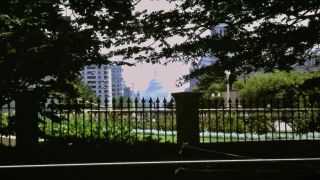My Gomera (1) Featured
- Written by
- font size decrease font size increase font size
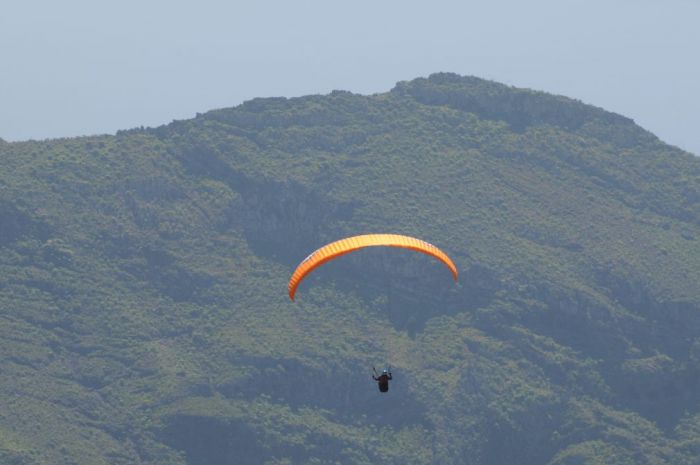 Flight, hjk/mcvth/kasaan media, 2020
Flight, hjk/mcvth/kasaan media, 2020
As if from a tale by Jules Verne
La Gomera is the most beautiful island of the Canary Islands. The volcanic island, with its bizarrely shaped rocks of cooled lava, is one of the most impressive formations in the Atlantic Ocean. Those who live here can say to have arrived at least in an antechamber of paradise at the southern tip of Europe.
Only 40 km away from the main island of the Canary Islands, Tenerife, and approximately at the height of the Moroccan city (Moroccan Western Sahara) Tarfaya, La Gomera offers ideal climatic conditions.
After the end of Franco, a lot has changed here, although Gomera was already an insider tip in the times of the Spanish despot. At that time the hippies reviled by Madrid and the backpackers came to the island. From approximately 1970, more Europeans came to the island. Gomera is already a little, no very much Africa, not only when the Kalima (wind from the Sahara) comes. Also, the mentality has adapted to the African continent.
The splendour of nature is unique. Under palm trees on the European mainland already extinct butterfly species fly. In the cool, almost fairytale forest further up, mountain streams flow like in the Alps. The fauna and flora are of unique beauty, especially in the Garajonay National Park. Moss-covered trees, which seem to be from a novel by Jules Verne. It is also the loneliness of some houses that makes the magic. The terraces are used for productive agriculture.
The capital San Sebastián de La Gomera is located in one of these bays. The roads are relatively right, also in the hinterland and the valleys. Just come with us if you can't take a holiday at the moment:
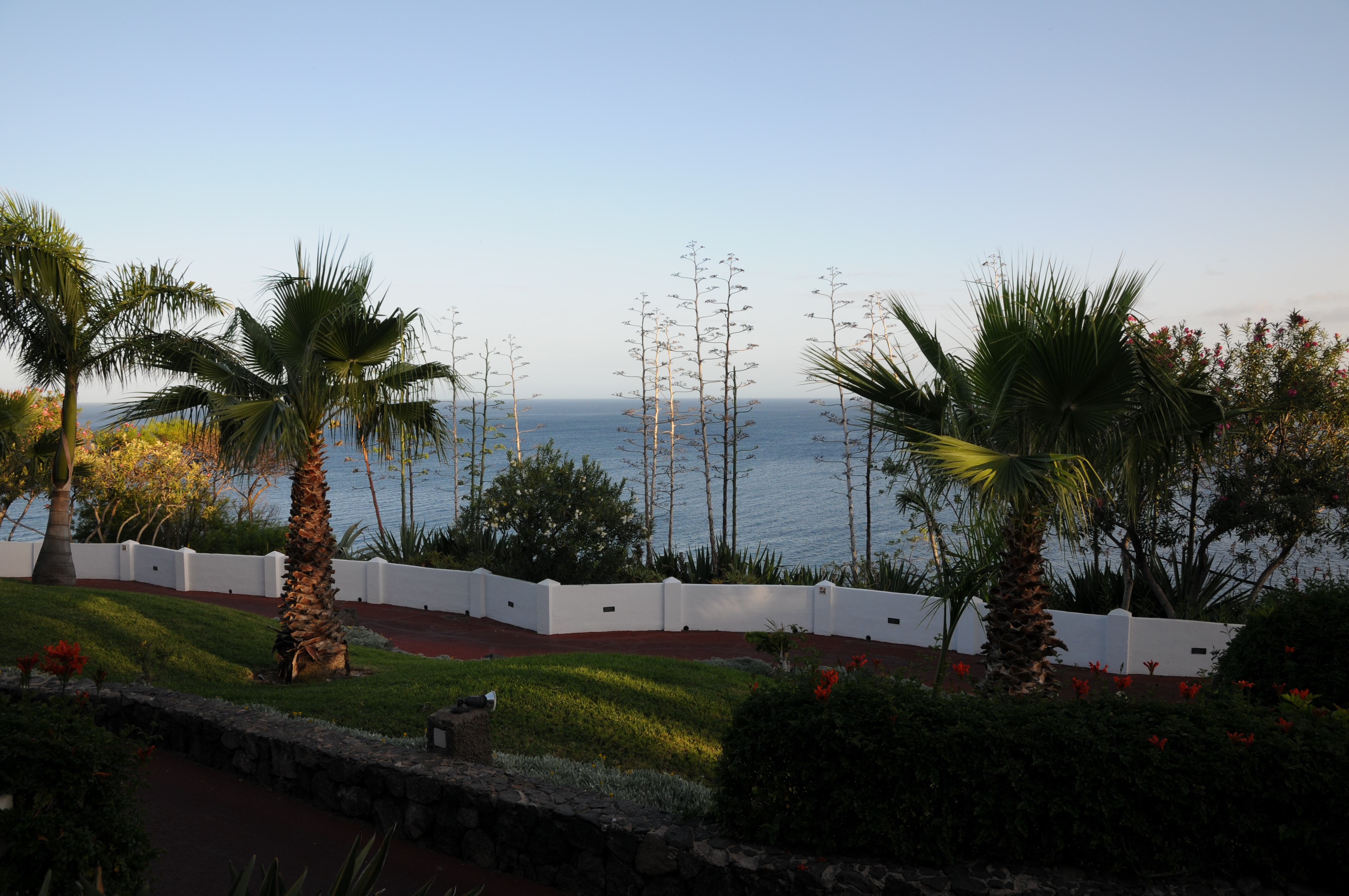
View to the sea south near Garajonay, hjk/mcvth/kasaan media, 2020
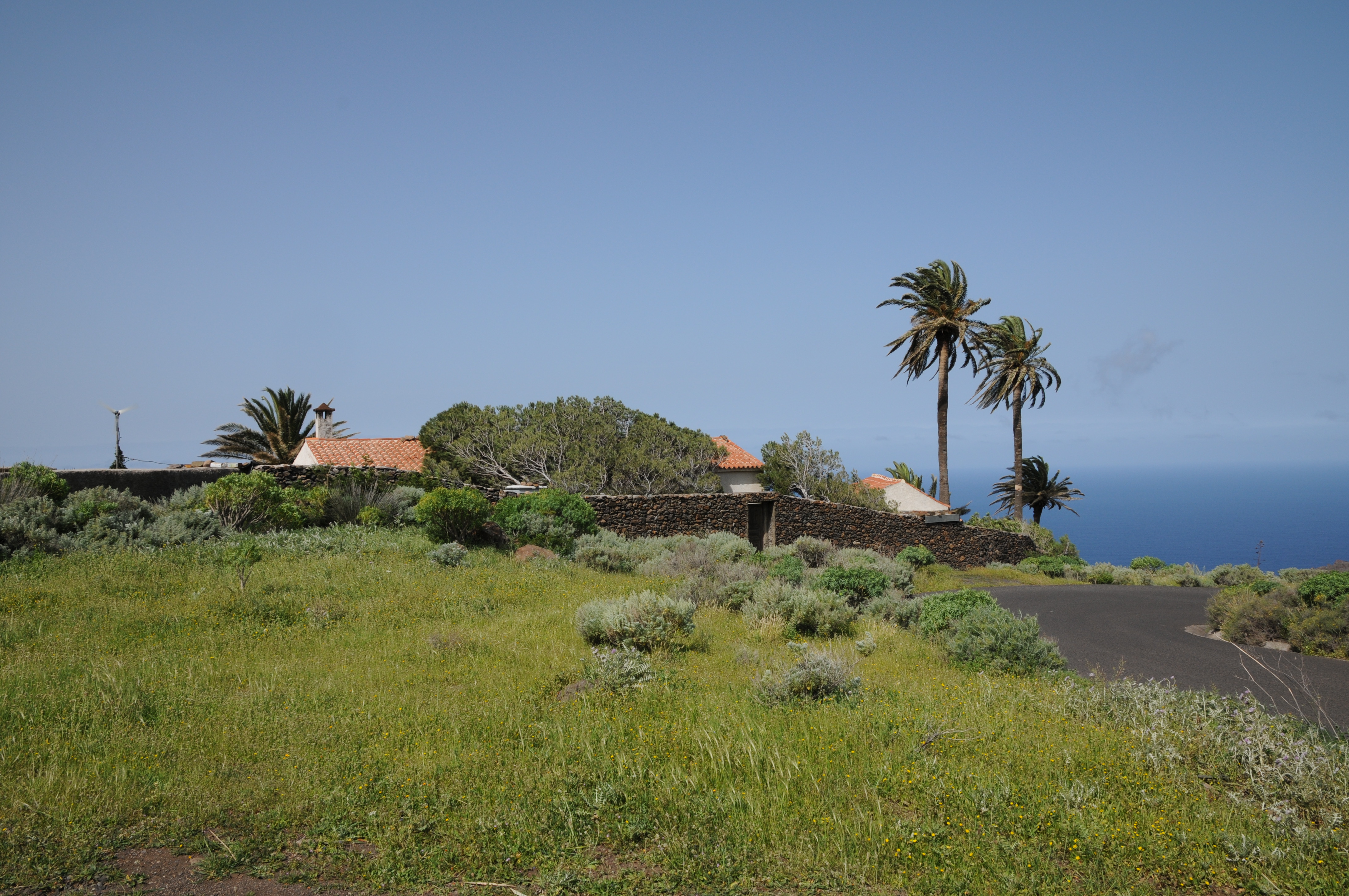
Cedro, hjk/mcvth/kasaan media, 2020
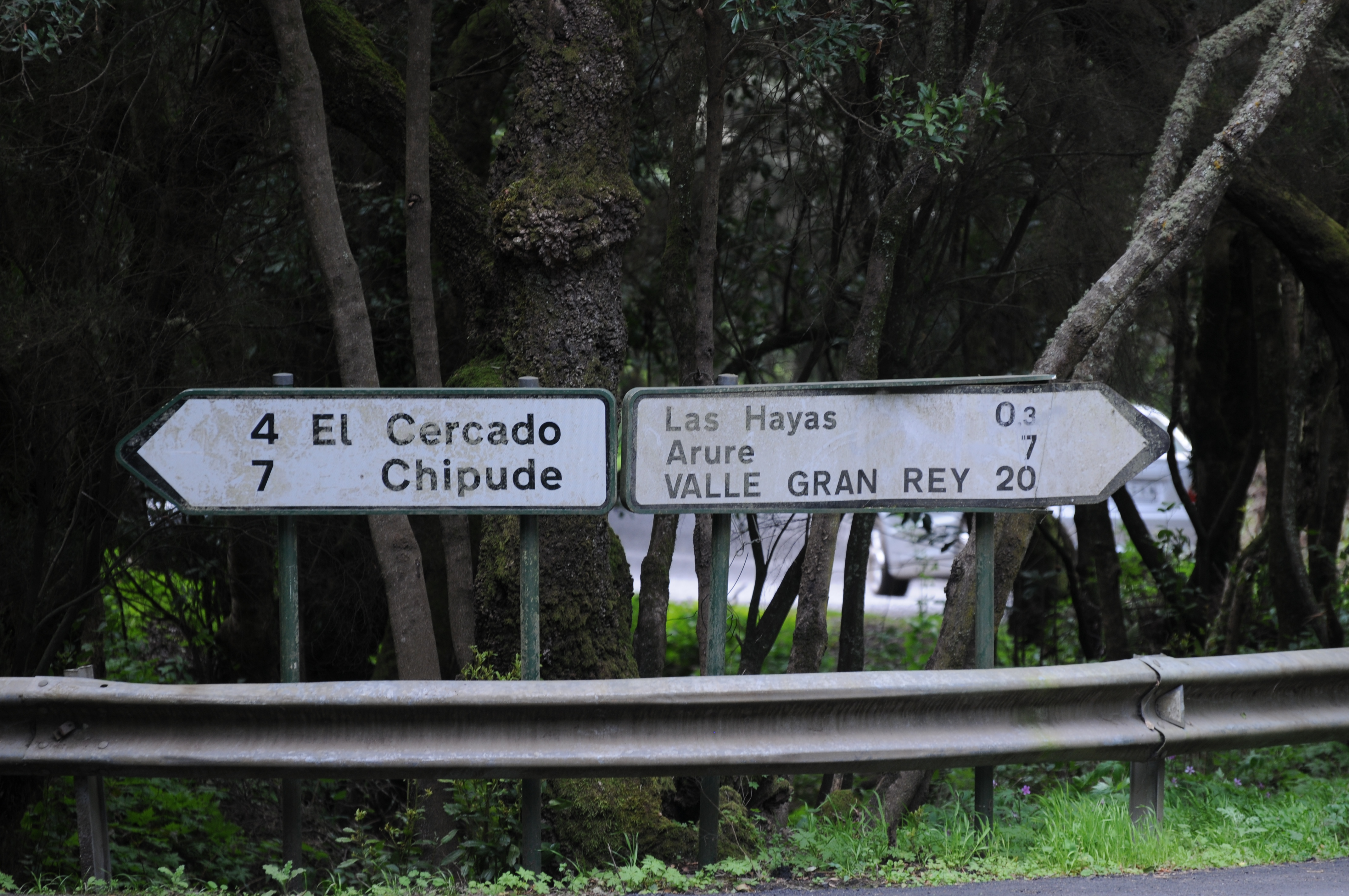
Las Hayas, hjk/mcvth/kasaan media, 2020
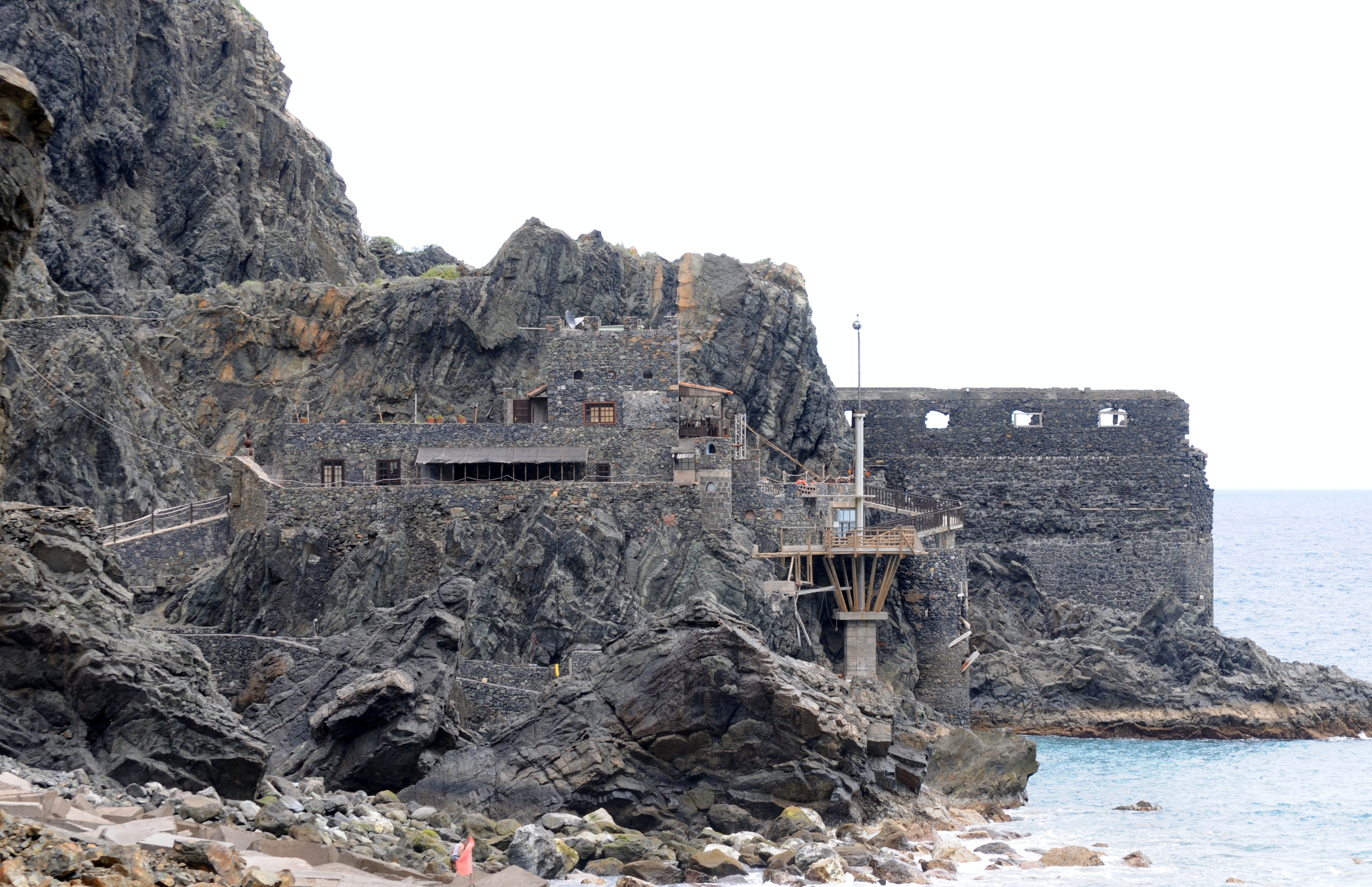
Casamatte in the rocks near La Dama,hjk/mcvth/kasaan media, 2020
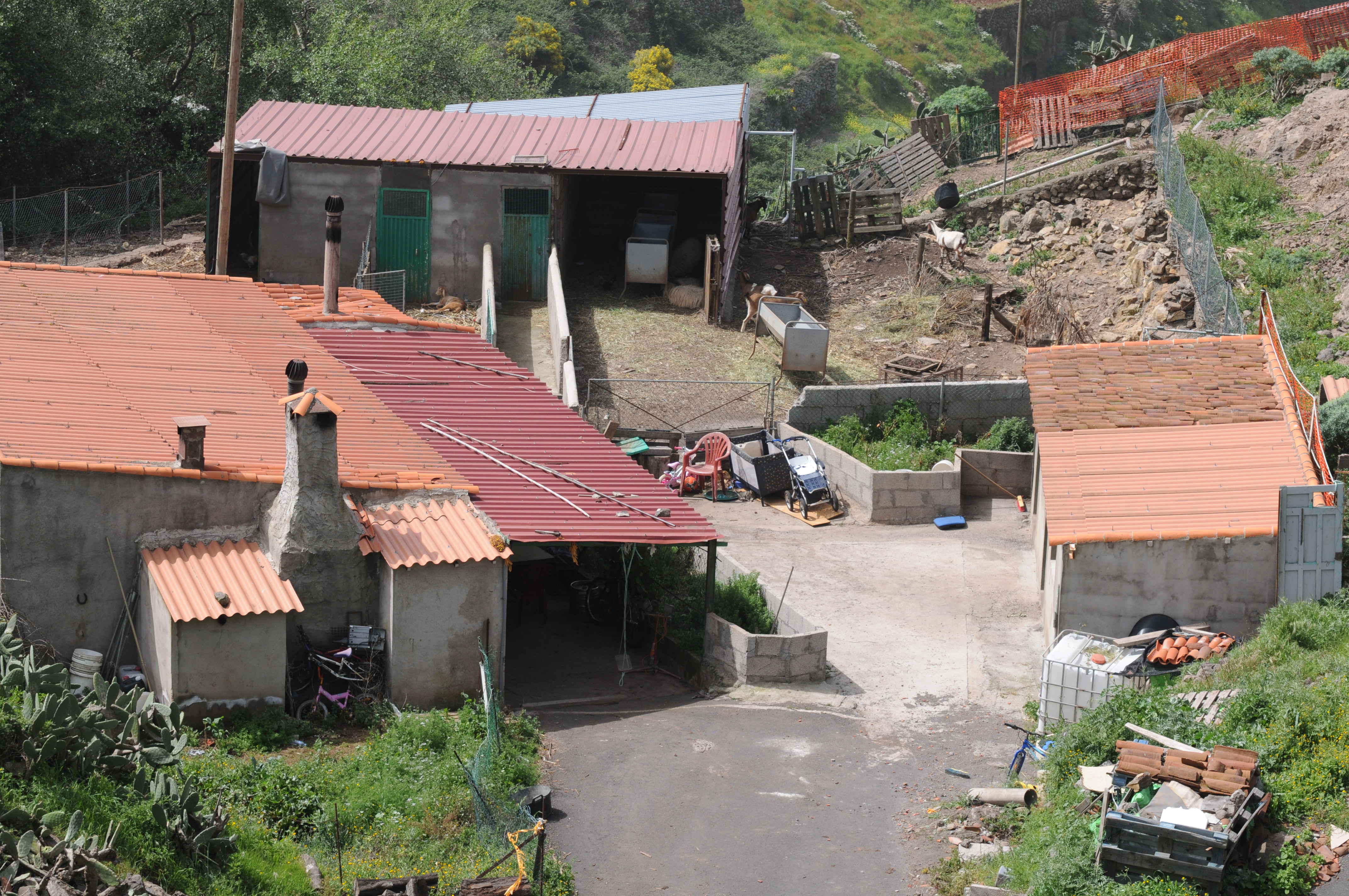
A typical farm in the south of Garajonay National Park, watch out for the prickly pear cactus, hjk/mcvth/kasaan media, 2020
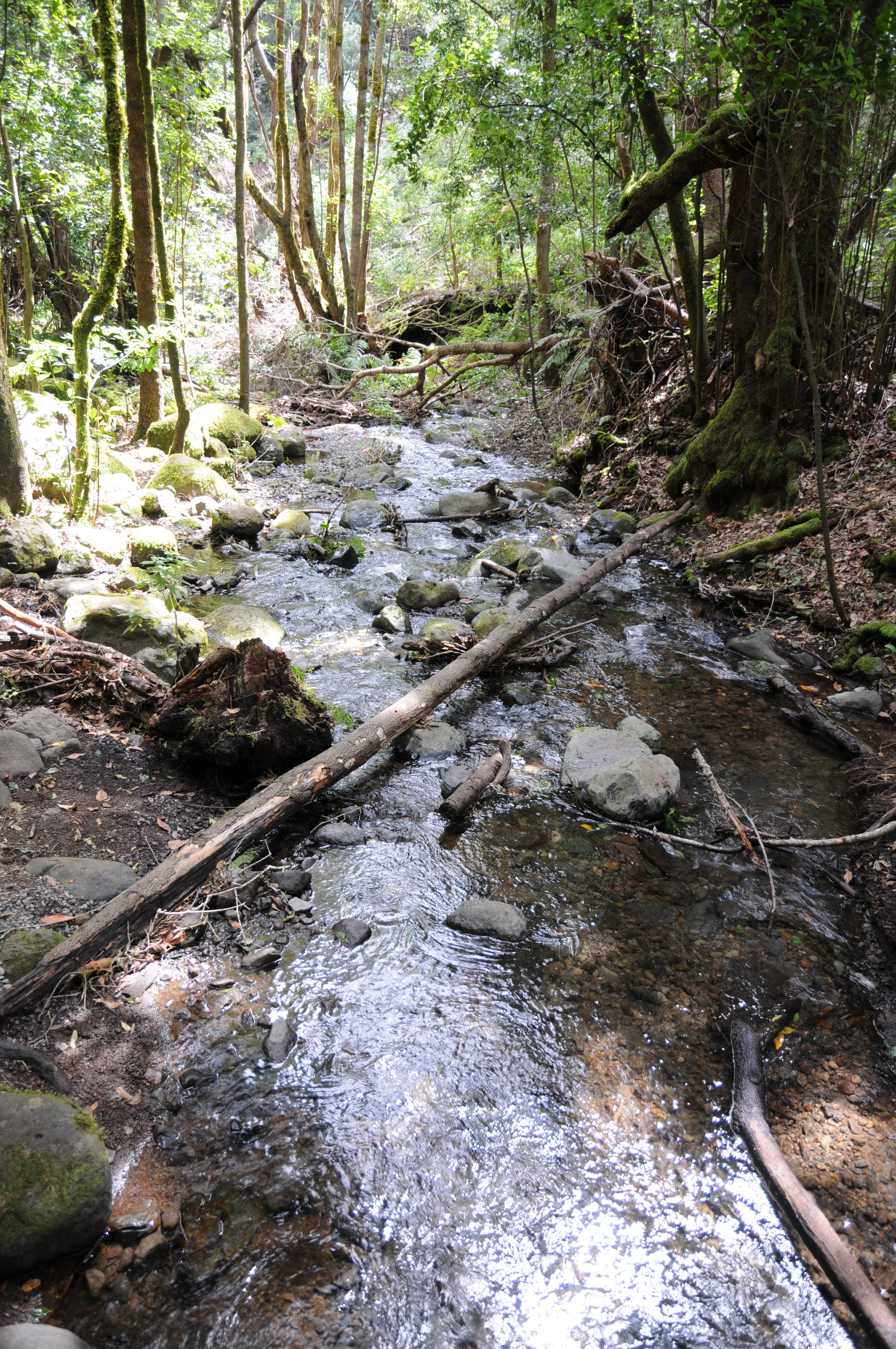
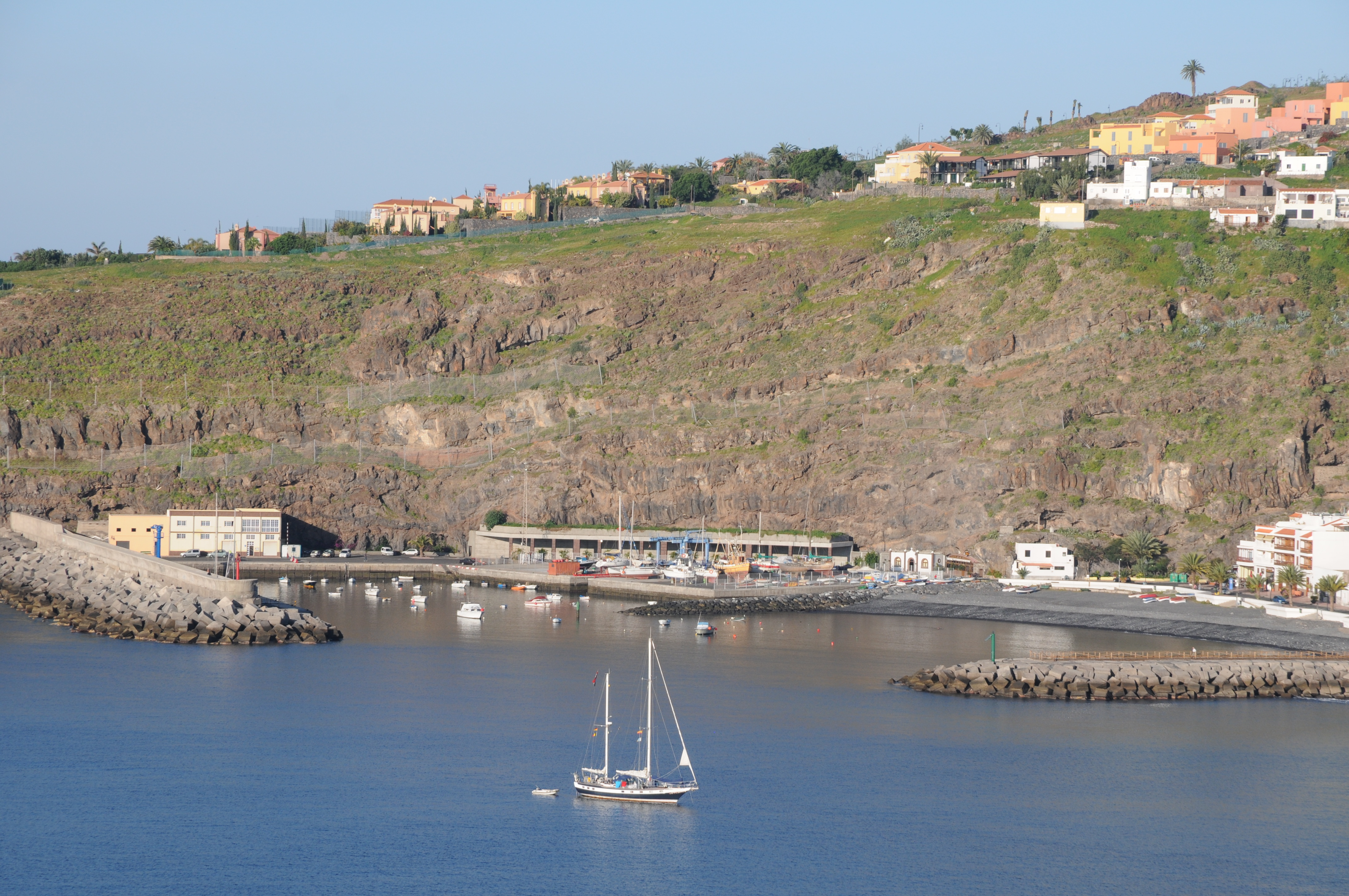
Marina La Gomera, hjk/mcvth, 2020
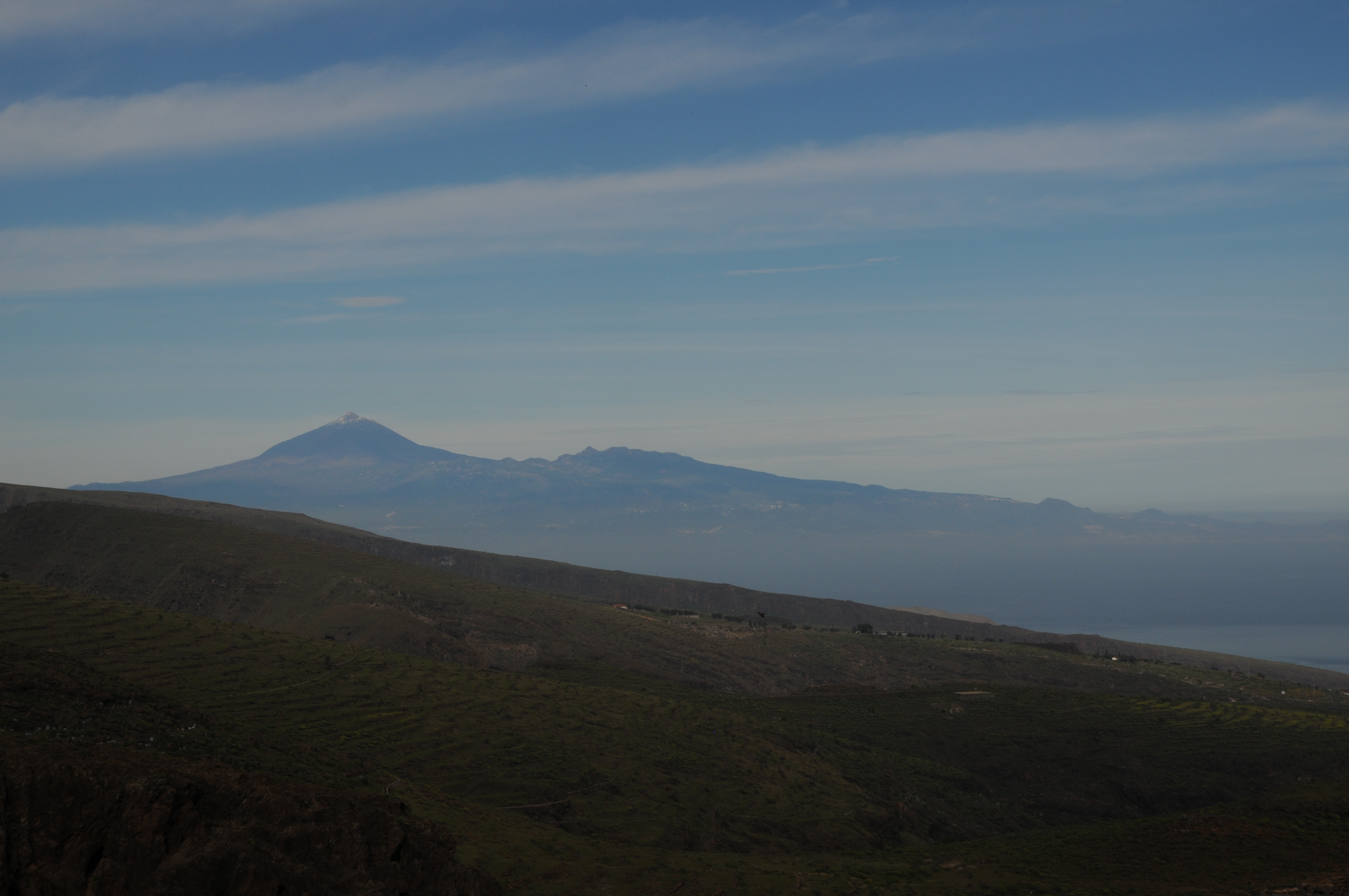
Agriculture in terraces and valleys, mostly tomatoes and potatoes, in the background the Teide on Tenerife, hjk/mcvth, kasaan media, 2020
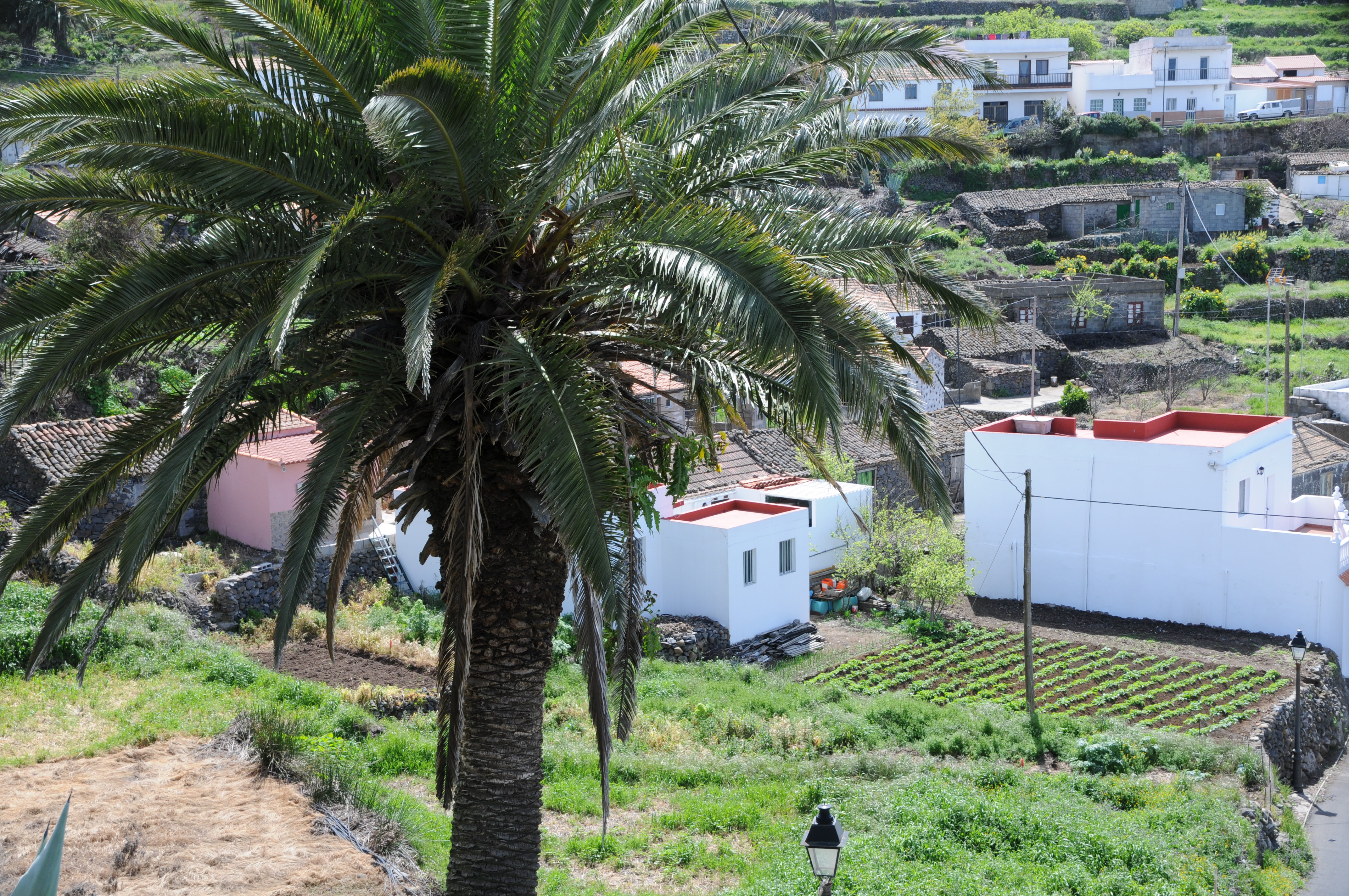
Palm trees and sheep and goat farming on a small farm south of the national park, hjk/mcvth, kasaan media, 2020
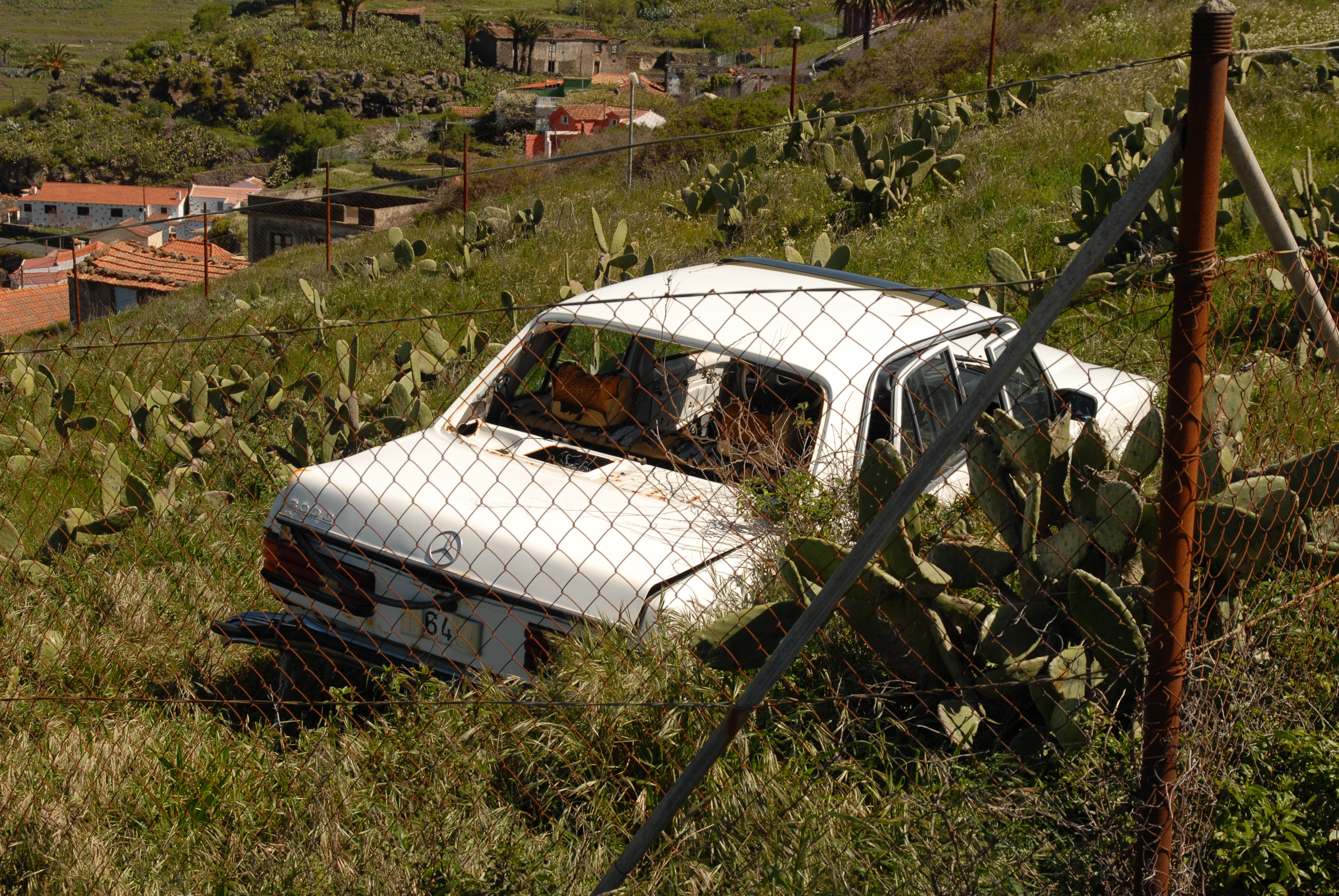
Mercedes Benz, W124, 1978, hjk/mcvth, 2020
These vehicles can be found all over the island; one could almost assume that they are to be exploited thereby the general public. You can find cars, real oldtimers, for which a lot of money is paid in the rest of Europe, which do not exist anymore and which are slowly becoming rare here on the island.
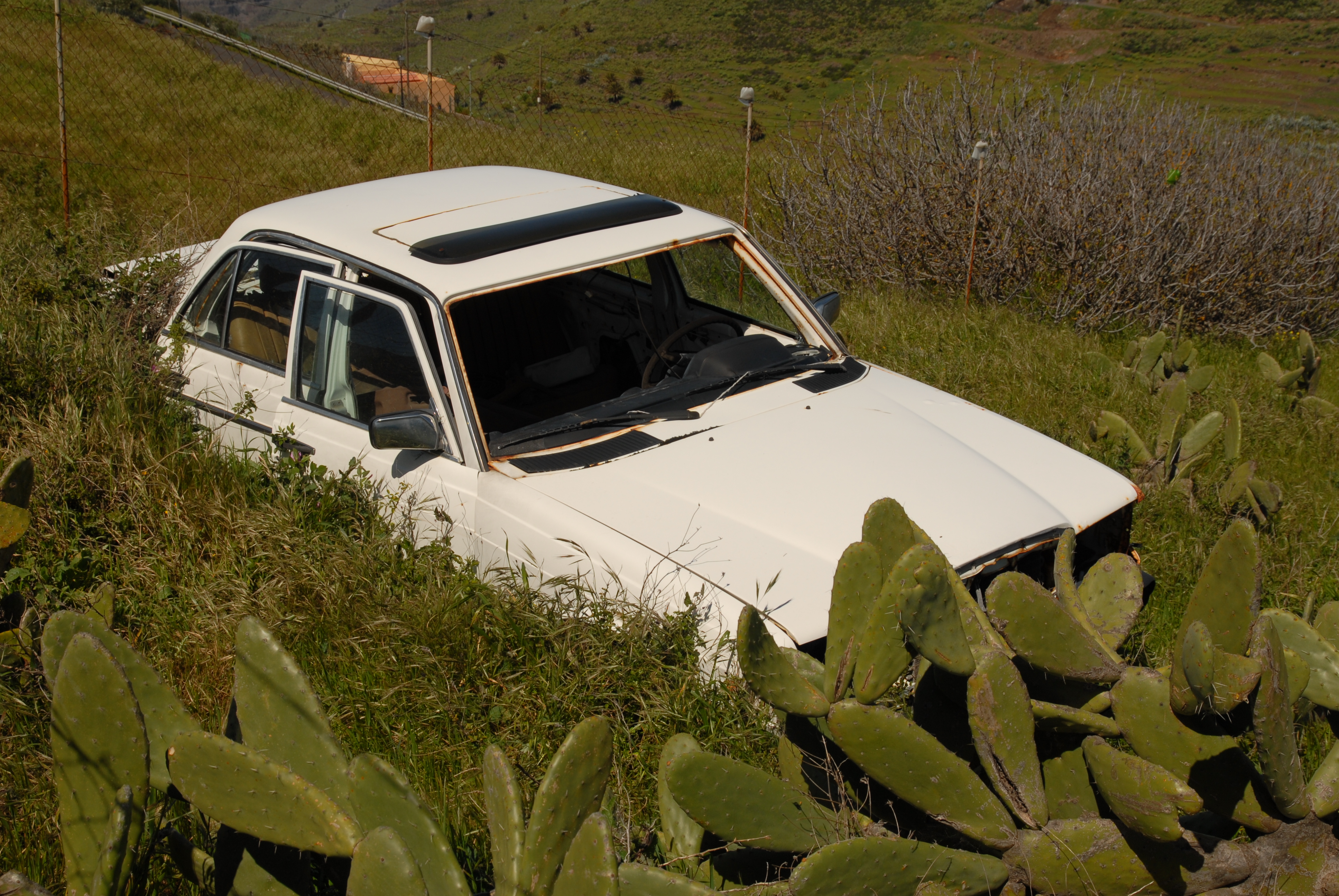
Mercedes Benz, W124,1978, hjk/mcvth, 2020
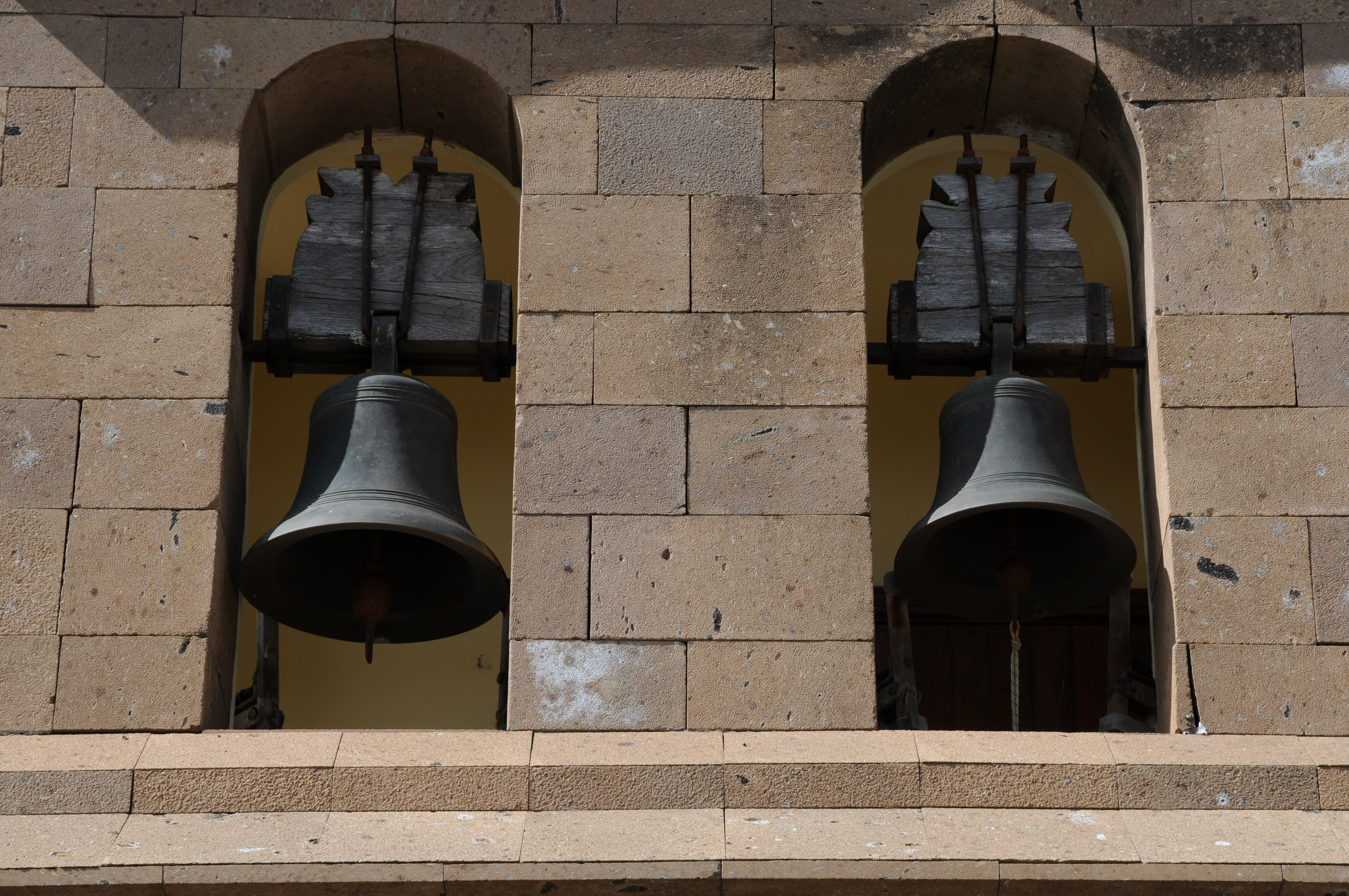
Church of the Assumption in San Sebastián de la Gomera, hjk/mcvth,kasaan media, 2020
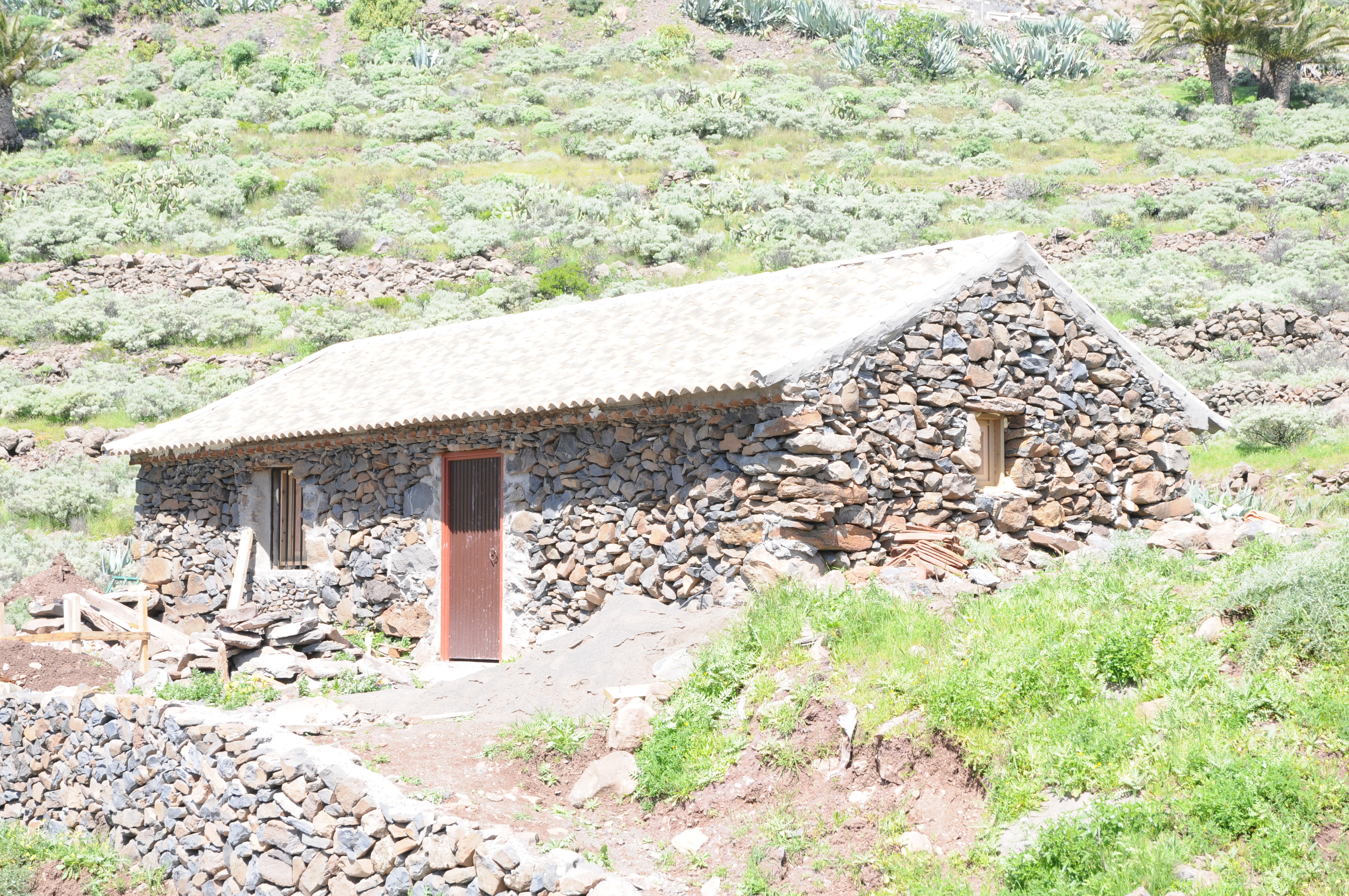
An abandoned house at the southern end of Garajonay National Park, hjk/mcvth,kasaan media, 2020
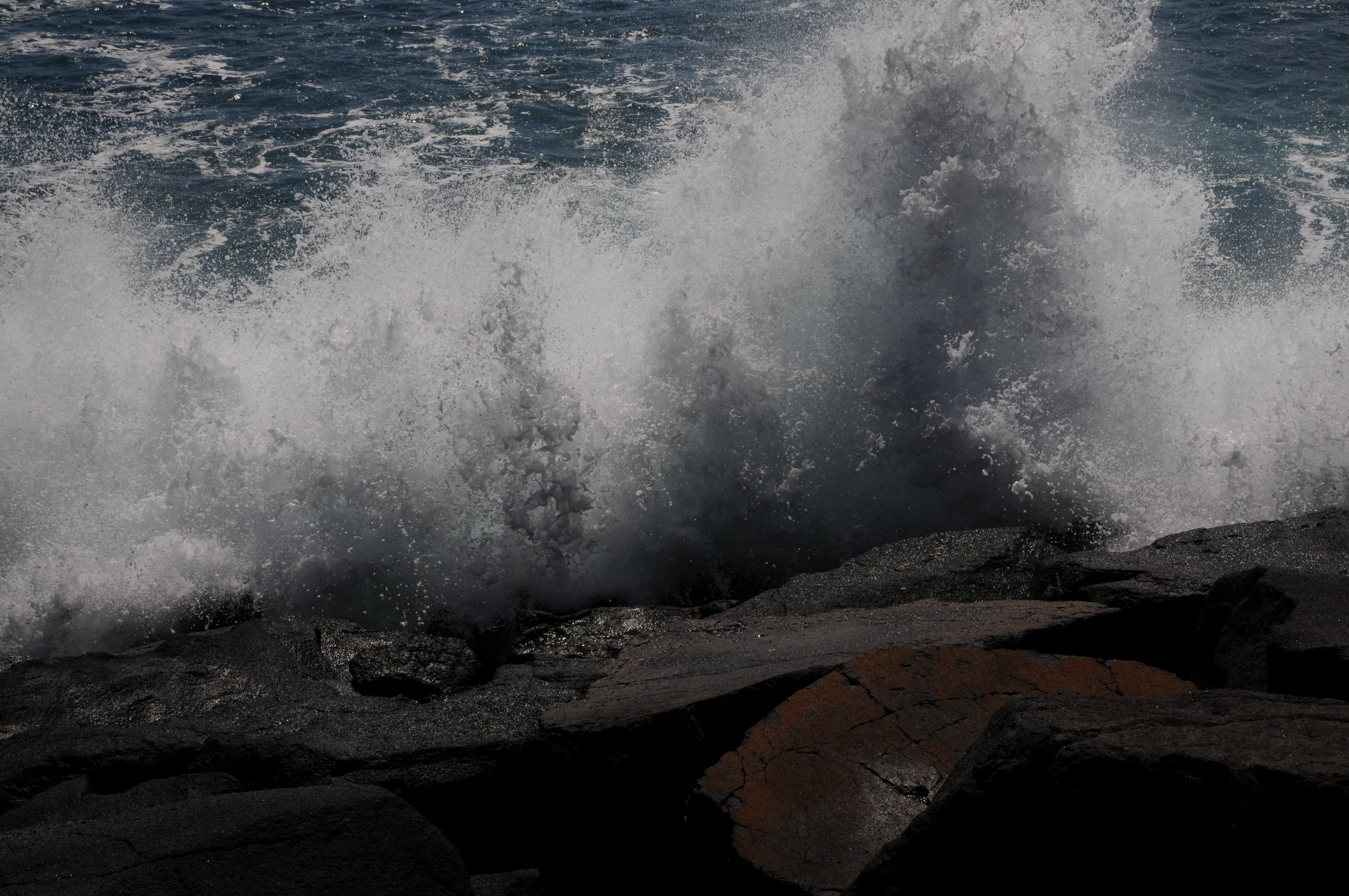
Surf near Valle Gran Rey, hjk/mcvth, kasaan media, 2020
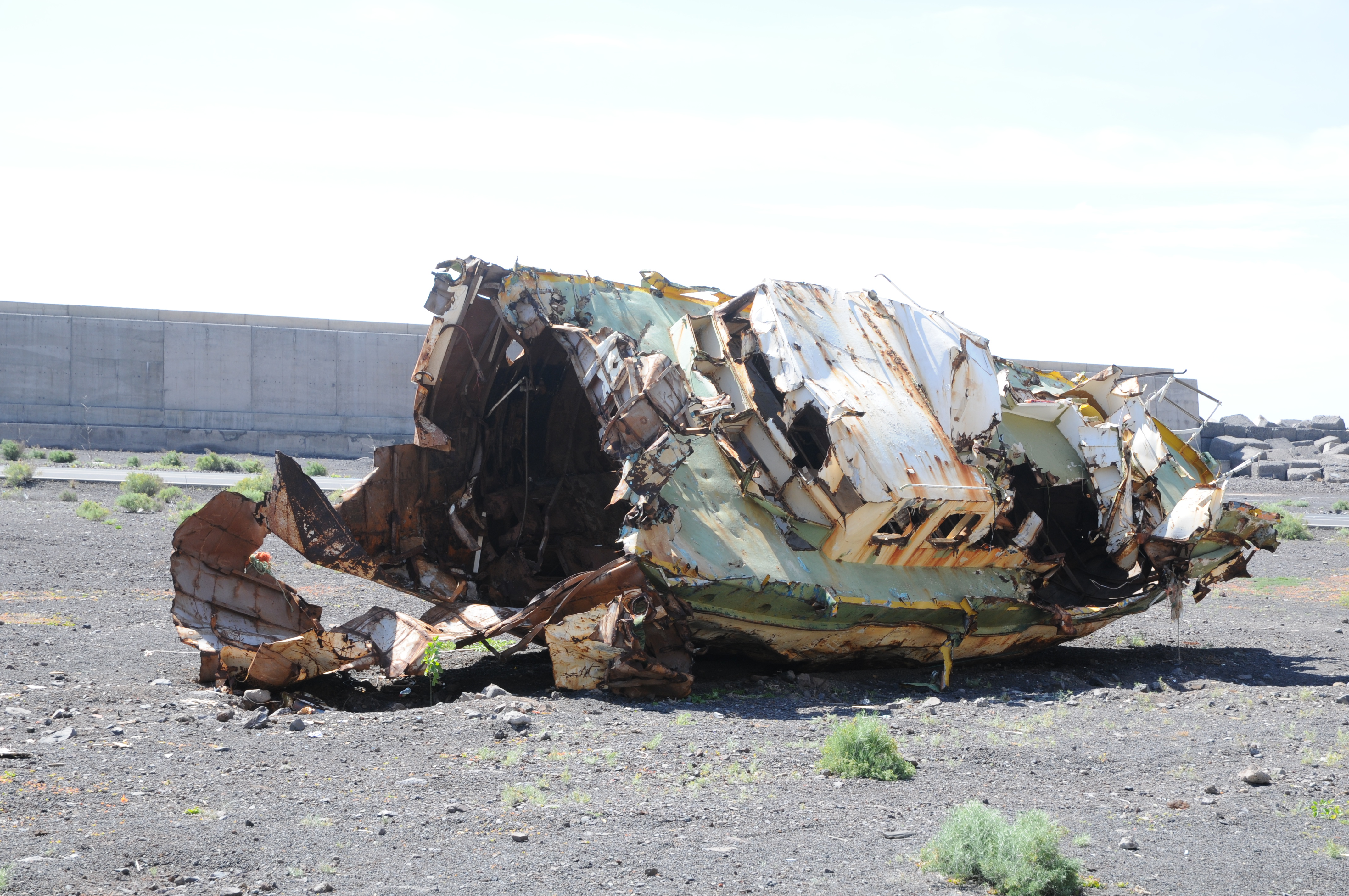 Washed up a shipwreck, southern coast, hjk/mcvth, 2020
Washed up a shipwreck, southern coast, hjk/mcvth, 2020
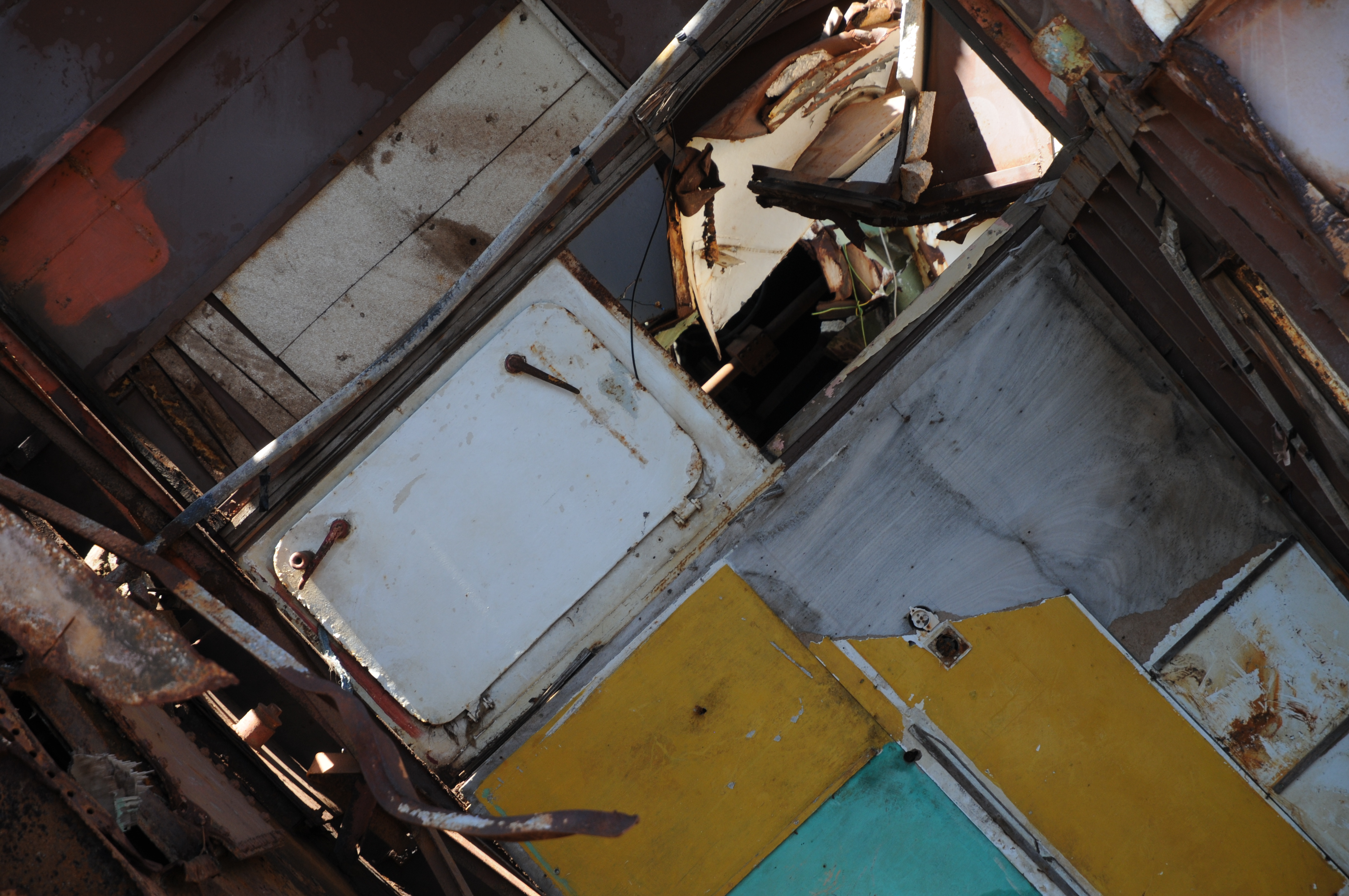
Washed up a shipwreck, southern coast, hjk/mcvth, 2020
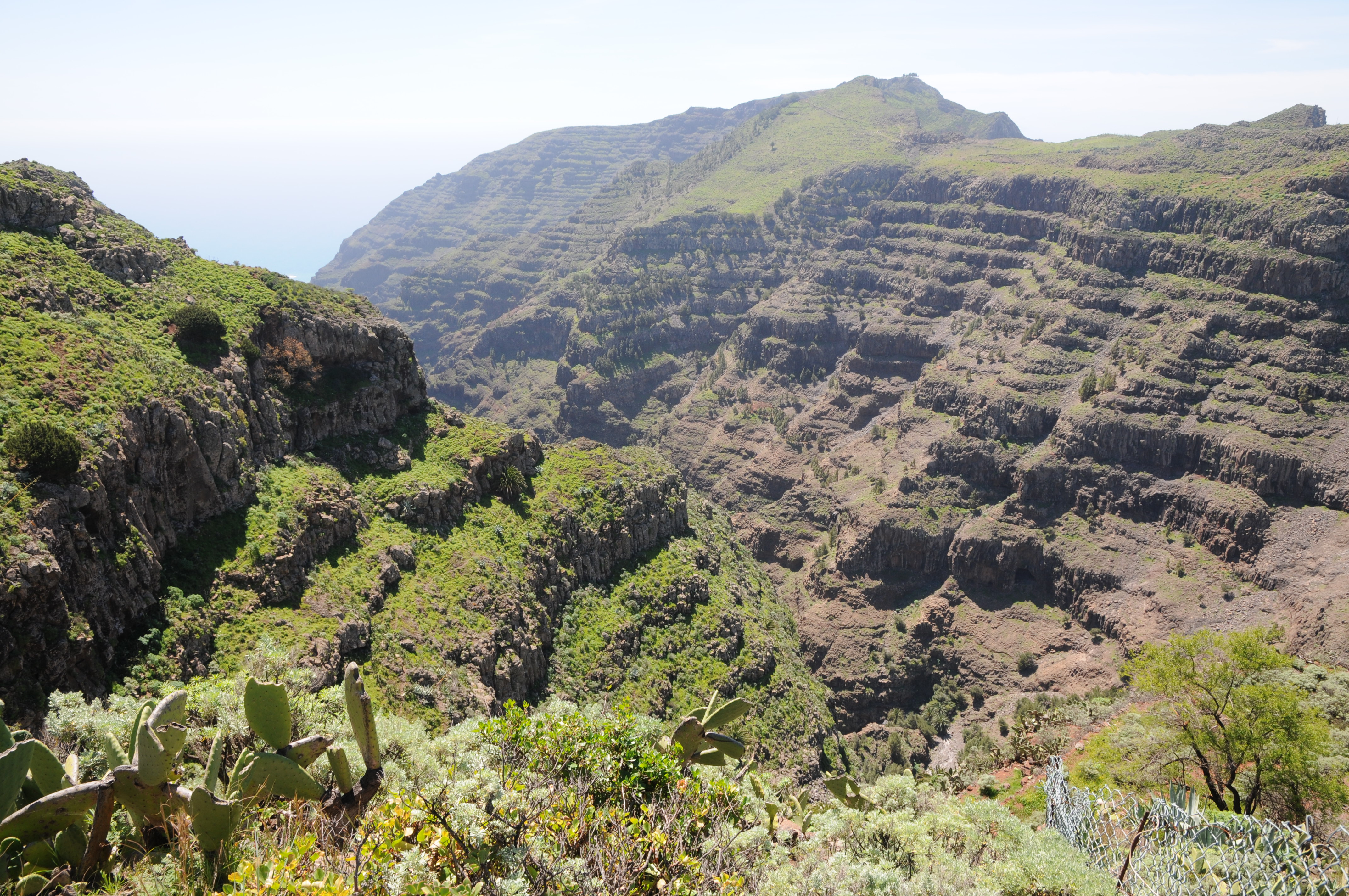
Related items
Latest from
- Deserted Russian pilot Kuzminov found dead in Spain
- What has Wikileaks to do with the French Revolution?
- Mutilated bodies found in Antalya
- A shame for Germany - meeting of the Neo Nazi movement on the Lehnitzsee
- Resistance against him is mandatory - Björn Höcke and the National Socialist dictatorship











